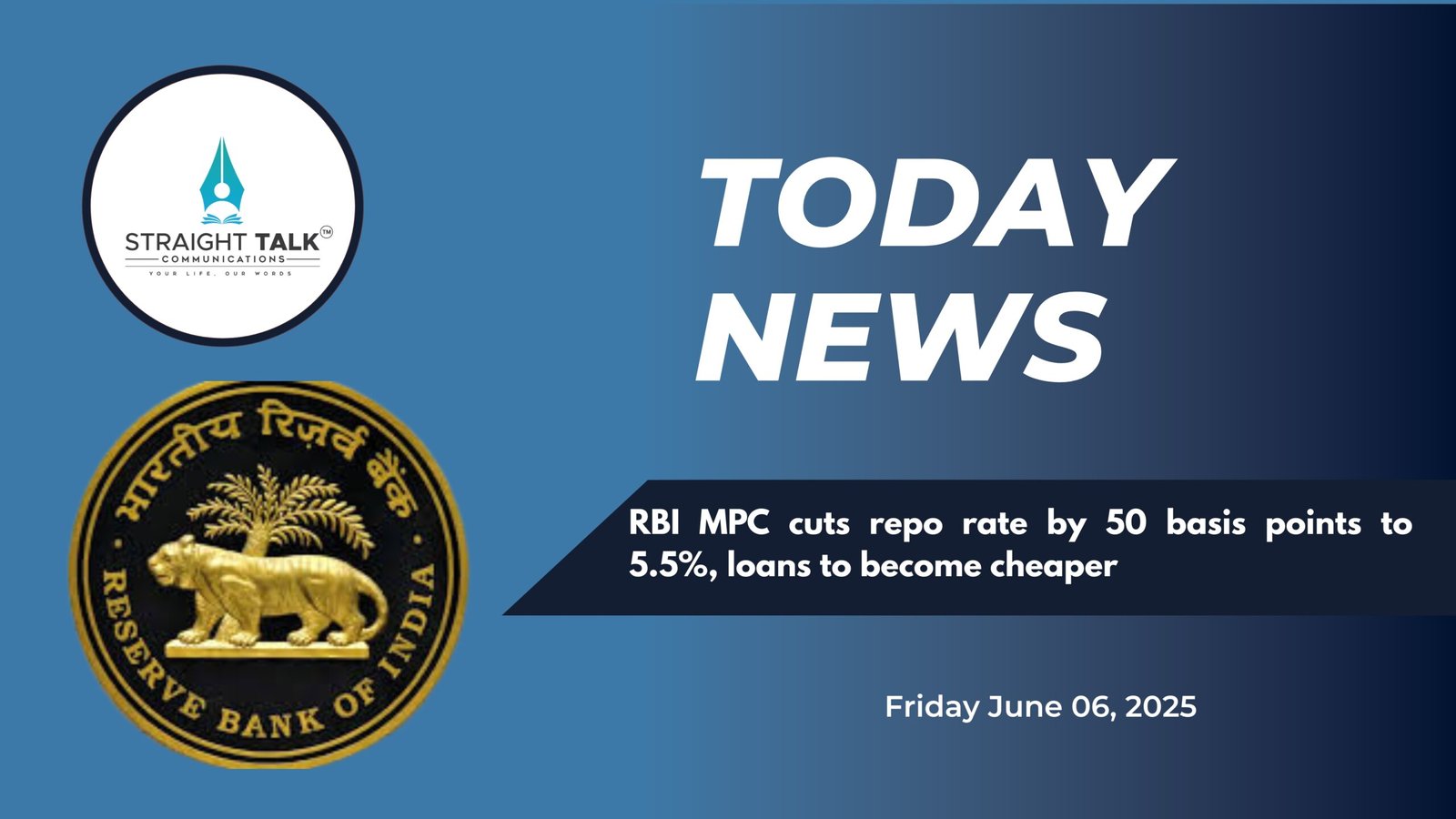Winter and Increase in Heart Attacks.

Management and Prevention: A periodic executive check for all adults after the age of 30 years is important to detect issues like high BP, diabetes and high cholesterol levels in time.

Prof. Upendra Kaul
(STC EXCLUSIVE)
The winter months roughly doubles the chances of getting a heart attack in the community especially in cold climate regions of our country where temperatures go down to single digits, not necessarily freezing. This is especially true for people who have one or more risk factors like — high blood pressure, diabetes, tobacco use, obesity, high blood cholesterol levels and a family history etc.
It is therefore important to be aware of these facts and practice measures to prevent a heart attack. If symptoms like heart attack occur early recognition and prompt attention by rushing the victim to the closest hospital with facilities to treat such patents is extremely important. These symptoms are chest discomfort, like a squeezing sensation often associated with profuse sweating, nausea or vomiting. The discomfort is at times radiated to arms or jaw. It can be associated with breathlessness or feeling of intense weakness. Time is of crucial importance for diagnosis and treatment. One tablet of aspirin chewed immediately can reduce the mortality of the attack by 20%.
The ECG which should be taken as soon as possible is usually diagnostic. Once the diagnosis is confirmed these patients need to be treated immediately by either giving an intra venous injection of clot dissolving medicine or in hospitals where facilities for round the clock angiography are available by performing angioplasty and putting in a stent by an experienced team. This is followed by medicines to prevent a re-blockade of the artery and general measures like rehabilitation and counselling to treat the risk factors causing heart attack.
Relationship of Winter to Heart Attacks:
Scientific facts suggest that cold temperature leads to reduction of the caliber of blood vessels supplying blood and nutrients to heart muscle. This potentially aggravates possibility of angina in a milieu of partially clogged arteries which are frequent in population with risk factors like diabetes, high blood pressure etc. Individuals with high blood pressure have a tendency to increase their pressures and needing adjustment of their medicine doses.
The symptoms of angina or chest discomfort are precipitated by activities which increase the heart rate and blood pressure because of increased demand of the heart muscle for nutrients including oxygen and also heart has to work harder to keep body warm in cold environment.
The changed pattern of daylight with reduced hours of light leads to adverse effects on the hormone balance especially the cortisol levels. This is also one of the possible reasons for increase in heart attacks. Increased cortisol levels lead to increase in blood pressure and also increase in coagulability again increasing the chances of clot formation and blocking a coronary artery leading to a myocardial infarction (heart attack). The early surge of BP in the morning also contributes to the higher tendency of heart attacks in early morning especially in winters.
The risk does not necessarily decrease if one migrates to relatively warmer places. The smoke and smog in these places during the winter are also unhealthy for the heart. Pollution in cities of North India is an additional menace. It has been observed in scientific studies that a poor air quality index predisposes patients with stable heart disease to become unstable and lead to unstable angina and acute coronary syndromes with propensity to develop heart attacks. The finely particulate material in pollution prone cities gets into the blood and escapes the filtering action of lungs and lodges in vessel walls of the arteries supplying the heart and sets up inflammatory changes. Inflammation of the wall of the arteries is an important factor leading to sudden blockages of the culprit arteries with fat deposits This phenomenon is the leading cause of a heart attack especially in patients who are more vulnerable with underlying problems like diabetes, high BP, tobacco use, high cholesterol and triglyceride levels in the blood.
Preventive Measures:
Regular exercise is a good preventive measure. Starting exercise programs in winter by those who have bee inactive need a caution. One should start it gradually and not very aggressively. The duration and level should be increased in a graded fashion. Never over do it especially if you are not accustomed to it. Patients with history of diabetes, high cholesterol levels, smokers and obese individuals benefit the most by these exercise programs.
Before embarking on a regular exercise program such individuals especially if they have been sedentary should have an evaluation done by their doctor.
Remember Prevention is better than Cure:
The General Measures to prevent heart attacks should always be kept in mind. Some of the important goals to be kept in mind are:
- Keep your BP less than 130/80 mms Hg
- Keep your fasting sugar less than 100 mgs/dl
- Keep your blood cholesterol less than 150 mgs/dl
- Do not use tobacco in any form
- Keep your weight under check
It is also recommended that all adults especially those with risk factors should take influenza vaccine yearly and pneumonia injection once in 4 to 5 years at the onset of winter season when these infections which can cause lot of morbidity especially in persons more than 65 years of age and younger persons with high risk .
A periodic executive check for all adults after the age of 30 years is important to detect issues like high BP, diabetes and high cholesterol levels in time. Besides this an ECG, stress test and echocardiography help in early detection of any heart related problems. Early detection and prompt treatment always prevent catastrophic complications like heart attacks, strokes and sudden death.
(The author, popularly known as Dr. U. Kaul, is Founder Director, Gauri Kaul Foundation)







